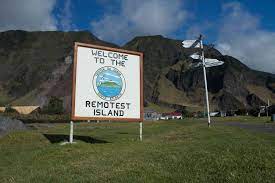The Most Remote Places In Human Civilization
From isolated islands in the South Pacific to the chilly confines of northern Canada, these are the most remote places on Earth.
The small village of Alert lies on the tip of the Nunavut territory in Canada a mere five hundred miles below the North Pole. With a year-round population of five people, Alert is one of the most treacherous and remote places in the world.
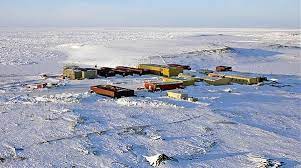
Surrounded by the Arctic Ocean, the temperatures in the region can reach as low as 40 degrees below zero. Because of it’s proximity to the North Pole, Alert is also susceptible to 24-hour darkness during winter and 24-hour sunlight during summer.
Tristan da Cunha
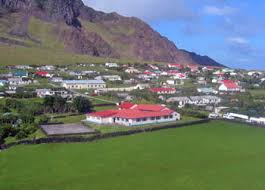
Located in the southern Atlantic Ocean, Tristan de Cunha is an archipelago of small islands considered the most remote place in the world. Surrounded by rocky terrain and choppy waters, the island is only accessible by boat with its closest neighbors, South Africa and South America, which are 1,700 and 2,000 miles away respectively.
A total of 271 people are scattered across the islands’ working as farmers and craft makers. They do have television stations and Internet access via satellite.
Motuo County, China
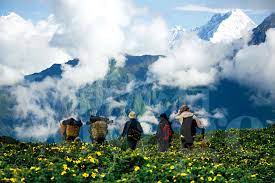
Hidden in the Tibetan Autonomous Region of China. Motuo County is one of the most isolated regions in the world, cut off entirely from its neighboring towns.
Attempts at creating a road into the county have been unsuccessful due to the volatile landscape. The only way to access the area is by trekking a frozen overland route through the Himalayas. But it’s well worth the risk with dense, lush forests enclosing the untouched Tibetan landscape.
Most Remote Places In Human Civilization: McMurdo Station, Antarctica
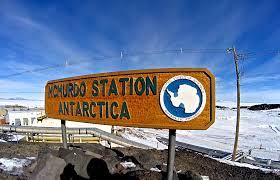
Located quite literally at the bottom of the world, Antarctica is naturally one of the most remote places on Earth. Though there are no permanent residents in the frozen region, the continent does house seasonal researchers and scientist.







